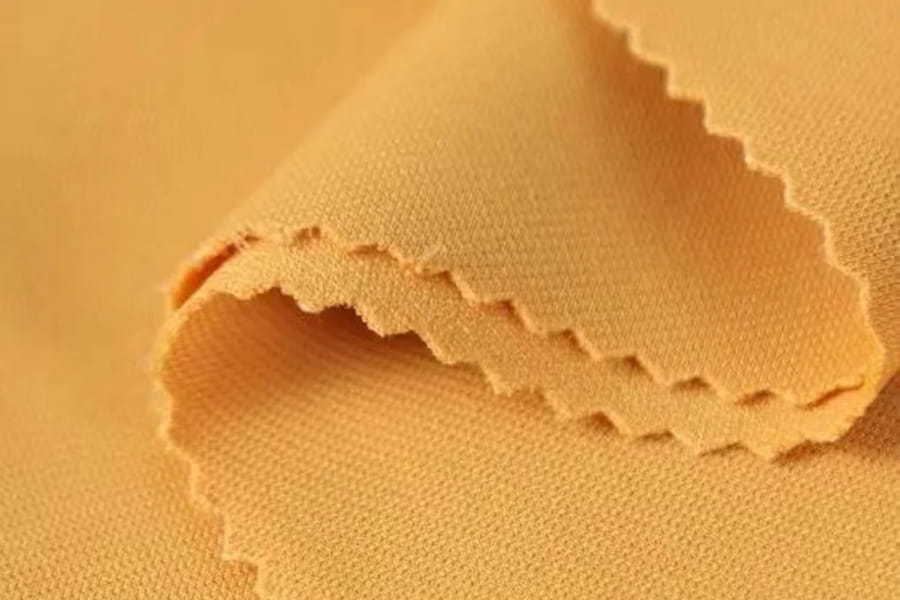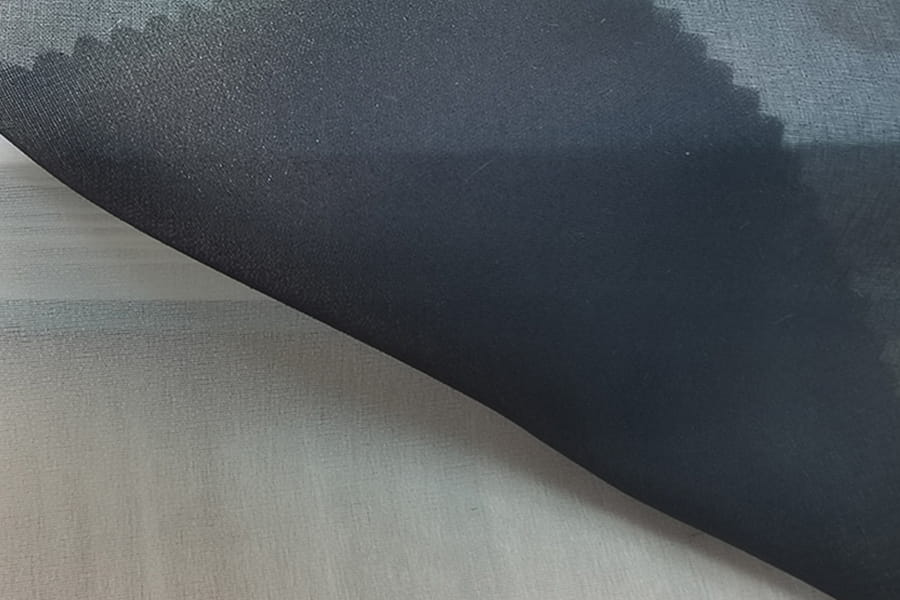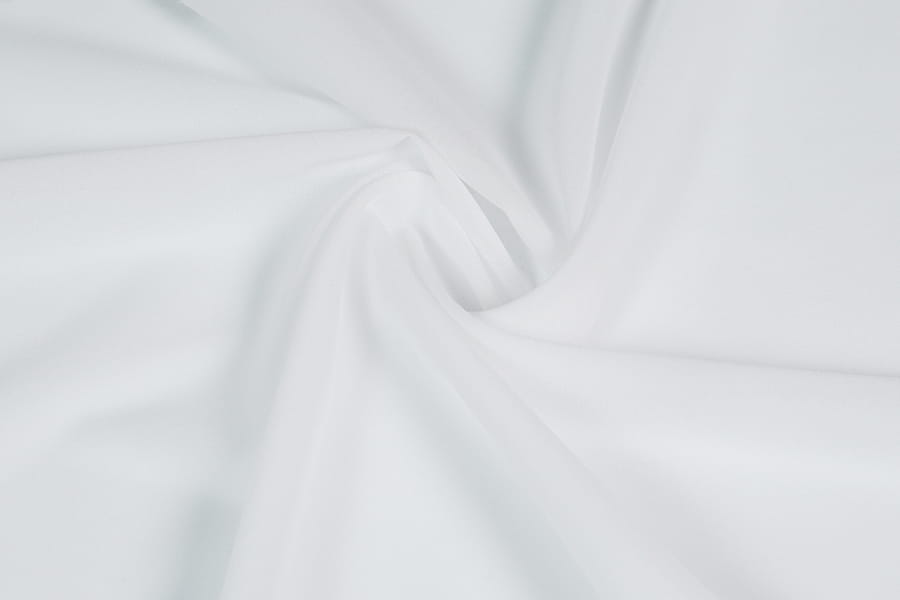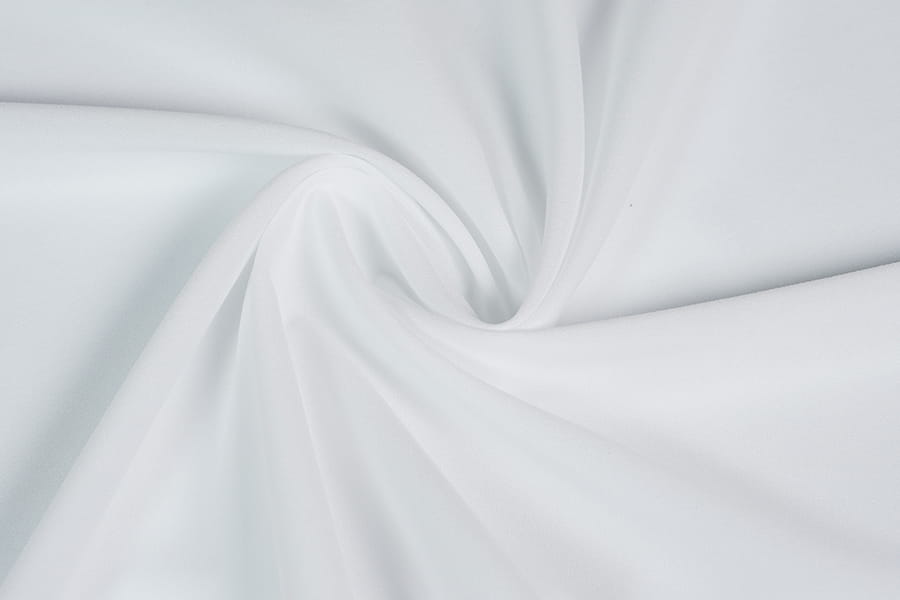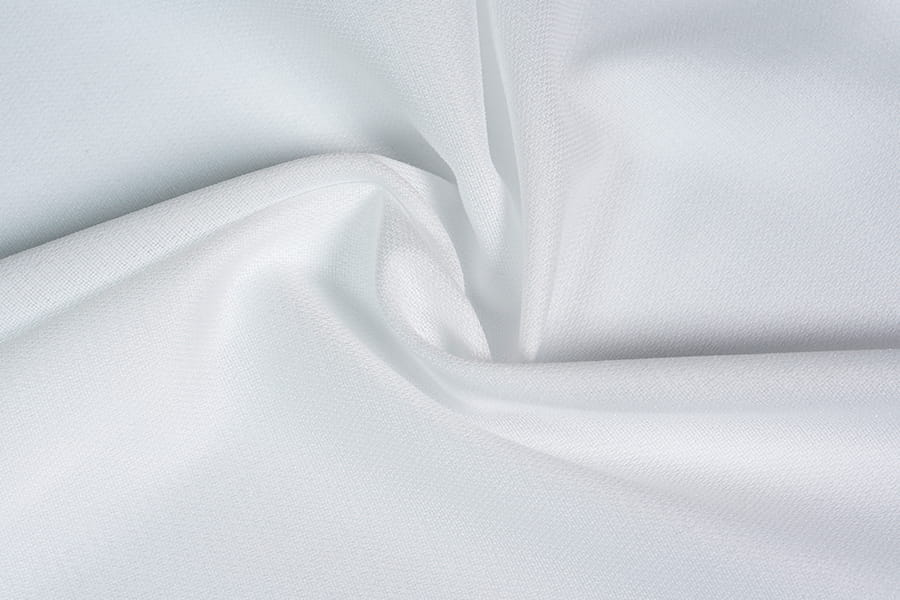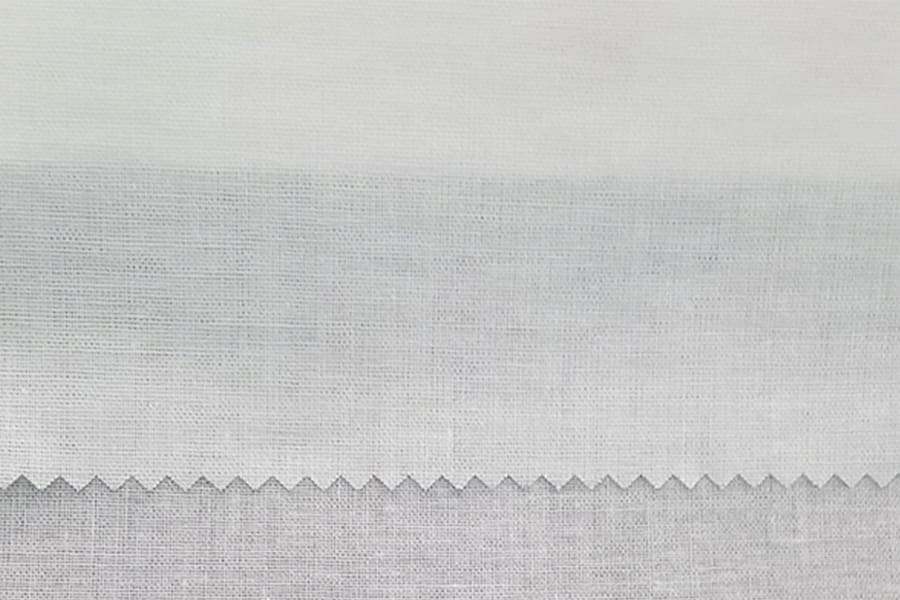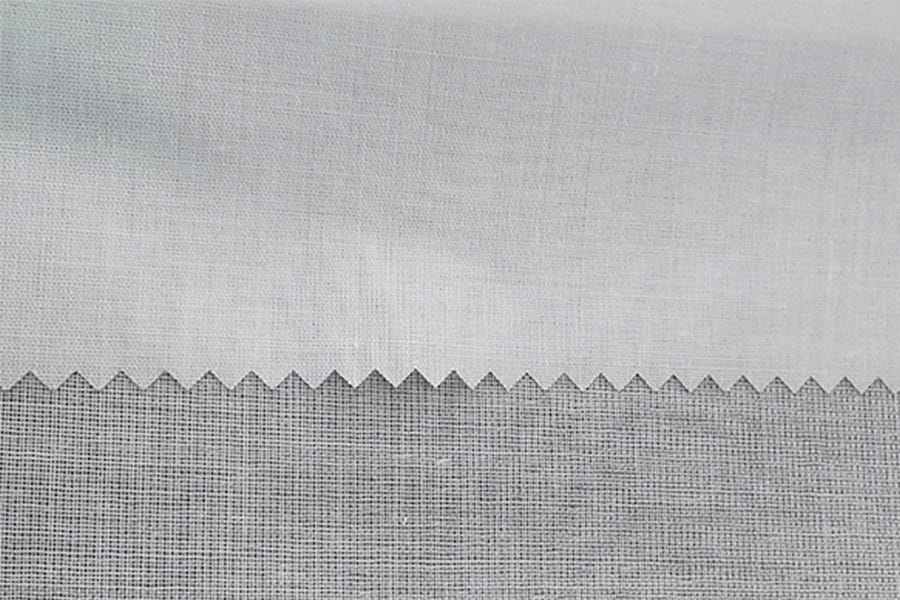Introduction
In garment making and design, Lining Fabrics play a crucial role. They not only enhance comfort and durability but also elevate the overall look and feel of clothing. However, selecting the right lining fabric is often an overlooked issue for many clothing designers and consumers. With so many types of lining fabrics available, each suitable for different occasions and seasons, it’s important to be careful when choosing.
1. Basic Knowledge of Lining Fabrics
What is Lining Fabric?
Lining Fabric refers to the material used to line the inside of a garment. It is usually different from the outer fabric and serves functions like enhancing comfort, improving appearance, and prolonging the life of the garment. Lining fabrics are typically smooth to the touch, reducing friction when worn.
Common Types of Lining Fabrics
Different garment requirements dictate the type of lining fabric to be used. Common types of lining fabrics include:
-
Polyester: Polyester is one of the most common lining fabrics. It is strong, durable, and cost-effective, making it suitable for most everyday wear.
-
Nylon: Nylon is lightweight, with excellent wear resistance and tear resistance. It is commonly used in activewear or outerwear garments.
-
Silk: Silk lining is lightweight and luxurious, often used in high-end dresses, evening gowns, and lingerie.
-
Cotton: Cotton lining is breathable and perfect for summer garments or clothes that require a light and comfortable feel.
-
Wool: Wool lining is ideal for winter garments as it provides warmth and comfort.
Functions of Lining Fabrics
-
Enhancing Comfort: Lining fabrics reduce direct contact between the skin and the outer fabric, enhancing comfort during wear.
-
Improving Garment Structure: Lining fabrics help maintain the shape of a garment, preventing the outer fabric from becoming saggy or losing its shine.
-
Concealing Seams: Lining fabrics conceal internal seams and stitching, ensuring a cleaner overall appearance.
2. Common Mistakes and How to Avoid Them
Mistake 1: Ignoring Breathability
Many people overlook the importance of breathability when choosing lining fabrics, especially for summer garments. If the lining fabric is poorly chosen, it can lead to discomfort and skin issues due to lack of ventilation.
Solution: Choose Breathable Fabrics
For summer clothing, prioritize breathable fabrics like cotton or linen. These materials can effectively wick away moisture and keep you dry, preventing discomfort from sweat or heat.
Mistake 2: Choosing a Lining Fabric That Doesn’t Match the Outer Fabric
The combination of lining and outer fabric is critical. Choosing a lining fabric that doesn’t match the outer fabric can lead to uncomfortable wear and even affect the overall aesthetic of the garment.
Solution: Match the Lining Fabric to the Outer Fabric
- If the outer fabric is heavy, such as wool or tweed, the lining fabric should be lightweight and soft, so as not to add unnecessary bulk.
- If the outer fabric is a lightweight material, such as chiffon or silk, the lining fabric should be supportive yet smooth to help maintain the flow and structure of the garment.
Mistake 3: Failing to Consider Durability and Ease of Care
Some consumers fail to consider the durability and ease of care when choosing a lining fabric, resulting in fabric damage, fading, or shrinkage after use.
Solution: Choose Durable and Easy-Care Fabrics
For frequently worn garments, choose durable fabrics like polyester or nylon, which are not only wear-resistant but also easier to wash and maintain. Avoid selecting delicate materials like silk or wool that require special care and are more prone to damage.
Mistake 4: Ignoring Fabric Feel and Comfort
Many people are drawn to the visual appeal and color of a fabric but overlook its feel and comfort. Rough or irritating lining fabrics can cause skin discomfort, especially in garments like underwear or clothing worn directly on the skin.
Solution: Opt for Soft, Skin-Friendly Fabrics
Materials like silk and cotton are typically soft to the touch and suitable for direct skin contact. On the other hand, polyester may feel rougher, which could make it less ideal for inner layers or close-fitting clothing.
3. How to Choose the Right Lining Fabric?
Consider the Season and Purpose
The selection of lining fabric should depend on the season and the intended use of the garment.
-
Winter Garments: For winter clothing, it’s essential to choose fabrics that provide warmth. Wool and polyester blends are common choices as they effectively trap heat and keep you warm.
-
Summer Garments: For summer clothing, lining fabrics should prioritize breathability, such as cotton and linen, which help keep the body cool and dry.
Match the Lining Fabric to the Outer Fabric
-
Heavy Outer Fabrics: If the outer fabric is thick, such as wool or heavy tweed, the lining should be lightweight and smooth to avoid adding unnecessary weight.
-
Lightweight Outer Fabrics: For lightweight outer fabrics like chiffon or silk, choose a supportive lining fabric that provides structure and smoothness, such as silk or smooth nylon.
Choose the Right Color and Pattern
While the color and pattern of the lining fabric may not be as noticeable as the outer fabric, they do affect the overall look. Aim to choose a lining color that matches or complements the outer fabric color to avoid visible color discrepancies.
-
Solid Outer Fabrics: For solid-colored outer fabrics, you can choose a matching or complementary lining color to maintain consistency.
-
Patterned Outer Fabrics: If the outer fabric has complex patterns, consider selecting a solid-color lining to avoid an overly busy or cluttered look.
Pay Attention to Fabric Processing and Quality
The quality of fabric processing directly impacts its longevity and appearance. Low-quality fabrics may fade, shrink, or suffer from other issues over time, so it’s important to choose lining fabrics that have been well processed.
- Opt for fabrics that have been treated for colorfastness and shrink resistance to ensure their stability during use.
4. Eco-Friendly Lining Fabric Options
In recent years, there has been a growing demand for environmentally friendly fabrics. More and more consumers are leaning towards materials that are less harmful to the environment.
-
Organic Cotton: Organic cotton is grown without the use of chemical fertilizers or pesticides, making it eco-friendly and gentle on the skin.
-
Recycled Polyester: This fabric is made from recycled plastic bottles, reducing waste and minimizing environmental impact.
-
Bamboo Fiber: Bamboo fiber is a natural, eco-friendly fabric that has antibacterial properties and excellent breathability.
5. Care and Maintenance of Lining Fabrics
Proper washing and care can significantly extend the life of lining fabrics. Here are some common care tips:
-
Silk Lining: Should be hand-washed or dry-cleaned. Avoid hot water and harsh detergents to prevent fading or damage.
-
Polyester Lining: Can be machine-washed, but use a mild detergent and avoid prolonged sun exposure to prevent fading.
-
Wool Lining: Should be washed in cold water with a wool-specific detergent and gently hand-washed to avoid felting.
6. Tips and Practical Suggestions
- Matching Tips: Choose lining fabrics that complement the style and fabric of the garment to ensure both comfort and a polished look.
- Brand Recommendations: Opt for well-known brands that offer high-quality lining fabrics, ensuring both reliability and fabric consistency.

 English
English 中文简体
中文简体 русский
русский Español
Español